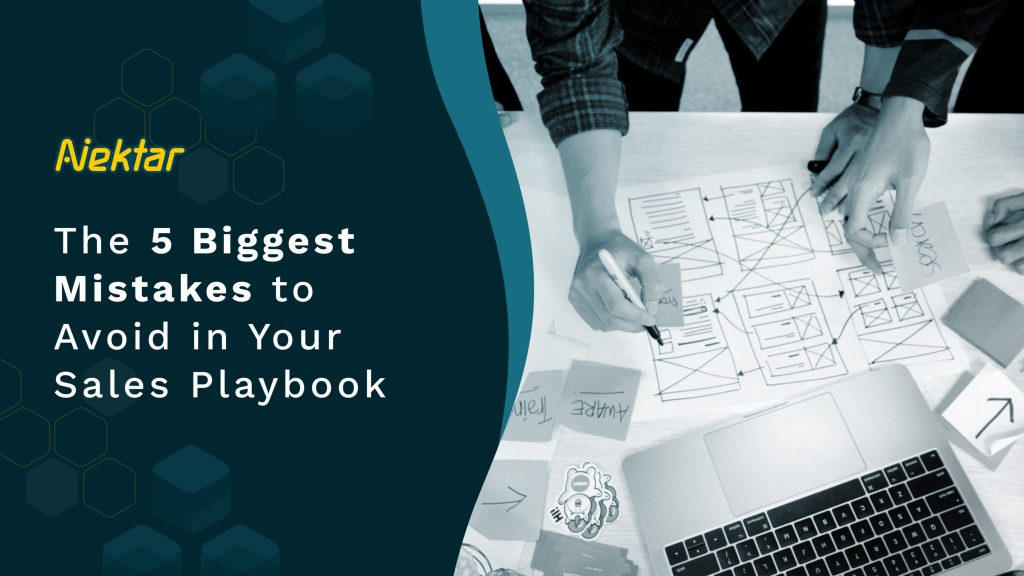Top 10 Clari Alternatives
Top 10 Clari Alternatives Sales and revenue management is an ever-changing landscape where the quest for seamless and accurate data capture is never-ending. Clari Capture, a formidable revenue intelligence platform, has adeptly shouldered this responsibility by automating the capturing of every crucial contact and activity detail throughout the sales cycle. However, as you look for excellence and competitive advantage, exploring alternatives that might offer unique benefits becomes imperative. This article looks at the ten Clari Capture alternatives ideal for anyone looking to boost their revenue intelligence efforts. What is Clari Capture? Clari Capture is a sophisticated revenue intelligence platform designed to enhance the revenue management process. Clari Capture is an automated data capture powerhouse, diligently capturing every revenue-critical signal that courses through your organization. Doing so eliminates the burden of manual data entry and the need for data cleansing. You can also do away with the complex task of matching this information to your records. Clari Capture empowers your sales team by reclaiming precious time that would otherwise go on data-related tasks while simultaneously elevating the data quality. The comprehensive solution extends its reach across communication channels, including email, calendar, calls, and more. It is a vital tool for sales teams seeking a more intelligent and efficient revenue process. Top 10 Clari Alternatives in 2023 Here are ten Clari Capture alternatives worth exploring. 1. Nektar Nektar is a unified contact and activity capture solution that guards CRM data integrity and hygiene. Nektar is a reliable partner if you want a complete and accurate view of revenue intelligence. The platform ensures every piece of critical information is captured with precision. Seamlessly integrating with CRM systems helps it maintain the sanctity of your data, thereby safeguarding its accuracy and relevance. In doing so, Nektar enables your sales team to unlock the quickest route to revenue realization, providing a strategic advantage in today’s ever-competitive business landscape. Give me a product tour. Key features: Actionable pipeline visibility Accurate, complete CRM data and reporting Account-based selling Targeting untapped revenue opportunities 2. Match My Email Match My Email is a meticulously designed solution that seamlessly synchronizes emails and calendars with Salesforce. One of its key differentiators lies in its approach to data management. With Match My Email, all email and calendar data is intricately interwoven with your Salesforce records, ensuring a centralized repository. The distinctive feature guarantees the permanence of email data within the Salesforce ecosystem, offering a cohesive and holistic view of your customer interactions. Moreover, Match My Email excels in the automation of email logging, relieving users of manual tasks while maintaining a comprehensive audit trail. The automation extends to precise reporting, where the system provides timely and reliable insights into your data. Key features: Ensures accurate email and calendar data Permanently stores email and calendar data Compatible with any email client and host. 3. Einstein Activity Capture (EAC) Einstein Activity Capture is a formidable tool tailored to empower sales representatives in their daily endeavors. The proficient tool facilitates a seamless connection between a representative’s email and calendar accounts and their Salesforce environment. Upon successful synchronization, emails and events are automatically and intelligently integrated into the activity timeline of pertinent Salesforce records. The meticulous record-keeping ensures critical interactions are effortlessly tracked and associated with relevant accounts. EAC meticulously reviews activities through its intelligent algorithms and provides valuable recommendations. These recommendations serve as guiding beacons, steering representatives in the direction that maximizes their efficiency and effectiveness in nurturing client relationships and progressing deals. Key features: Captures email and events from Microsoft or Google account Adds events to the activity timeline of Salesforce records Captures contact data for email insights 4. Revenue Grid Revenue Grid is a leading revenue intelligence software many teams choose to fix revenue leakage, improve conversion rates, and enable growth. Its comprehensive features and exceptional performance make Revenue Grid stand out. The customizable platform seamlessly integrates with popular CRM systems and sales tools, making it an attractive choice for businesses of all sizes. Revenue Grid also offers reliable customer support, ensuring you have the assistance you need throughout your journey. Its results-driven focus on revenue growth and sales performance improvement makes it an ideal solution for businesses seeking tangible results. Key features: 360-degree pipeline visibility Actual and forecasted revenue match up Revenue signals to improve the sales process 5. Linkpoint LinkPoint is a comprehensive solution that streamlines the intricate process of email integration and Customer Relationship Management (CRM) record maintenance. Offering seamless and integrated inbox access, LinkPoint elevates efficiency and accuracy in managing communications and client interactions. A standout feature of LinkPoint is its effortless email integration. Users can securely and promptly record emails within their CRM with just a single click. Furthermore, LinkPoint provides real-time CRM data access from within the email platform, eliminating users needing to toggle between applications. The feature empowers sales teams with immediate insights for informed decision-making. Key features: Simple one-click email recording Custom Salesforce object and field detection Secure client-side deployment 6. Collective[i] Collective[i] offers a strategic approach dedicated to fostering productivity within sales teams, aiming to achieve better success. Collectivei’s mission is to enhance every facet of your sales ecosystem. It includes optimizing your data management, streamlining sales team operations, and fine-tuning the activities that drive revenue. The unique strength of Collectivei lies in its ability to achieve these improvements by leveraging your existing sales tools. For sales operations and marketing teams, Collectivei is a game-changer, offering a suite of tools for clean, comprehensive, and automated data collection. Collectivei ensures your data is accurate and actionable, empowering your teams to make informed decisions. Key features: AI-generated forecasting and opportunity odds Automated activity and contact input into CRM Transparency to remove unexpected misses with collaboration tools 7. Setsail SetSail is a pioneering revenue intelligence software solution, purpose-built to empower modern revenue teams with actionable visibility. Its mission is to offer revenue teams precise and comprehensive sales data, a foundational pillar for informed decision-making and strategic enhancements. SetSail’s remarkable capability is its proficiency in automating the identification of effective sales behaviors. Leveraging








